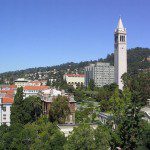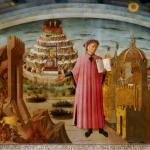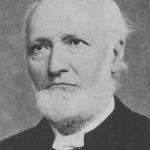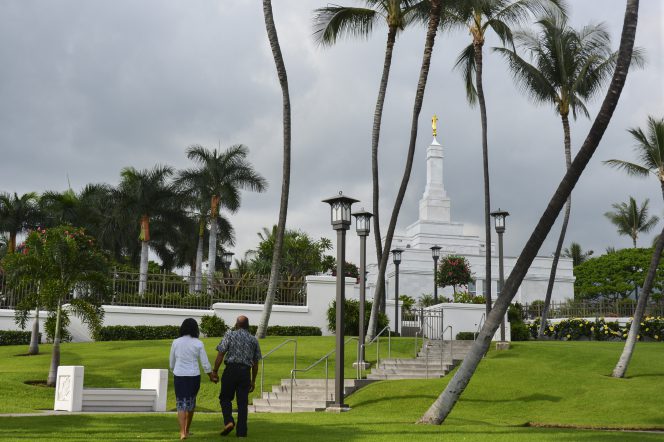
(LDS Media Library)
Conference Talks: The Symbolism of the Cupped Hand in Ancient Egypt and Israel: Iconography, Text, and Artifact, presented at the Interpreter Foundation’s 2018 Temple on Mount Zion Conference by Stephen Smoot
Stephen Smoot spoke on “The Symbolism of the Cupped Hand in Ancient Egypt and Israel: Iconography, Text, and Artifact” at the fourth Temple on Mount Zion Conference, held on Saturday, 10 November 2018 in the Tanner Building at Brigham Young University, Provo, Utah.
The presentations were filmed, and both video and audio recordings of each presentation are available. The videos are currently available both at https://interpreterfoundation.org/conferences/2018-temple-on-mount-zion-conference/2018-temple-on-mount-zion-conference-videos/and on the Interpreter Foundation YouTube channel at https://www.youtube.com/c/theinterpreterfoundation. A YouTube playlist is also available at https://www.youtube.com/playlist?list=PLRMn4gyXMWLsWt34zVNC5FmTqBtFfcnxl. The audio recordings are available at https://interpreterfoundation.org/conferences/2018-temple-on-mount-zion-conference/2018-temple-on-mount-zion-conference-audio/.
Sacred Time, Sacred Space, & Sacred Meaning: “Women in Public Worship in Ancient Israel,” written by Camille Fronk Olson
Camille Fronk Olson highlights the significant ways that women influenced and shaped ancient Israelite worship, including song and dance as a means of proclaiming revelatory truths.
Part of our book chapter reprint series, this article originally appeared in Sacred Time, Sacred Space, & Sacred Meaning, Proceedings of the Third Interpreter Matthew B. Brown Memorial Conference “The Temple on Mount Zion,” 2 November, 2016, edited by Stephen D. Ricks and Jeffrey M. Bradshaw. For more information, go to https://interpreterfoundation.org/books/sacred-time-sacred-space-sacred-meaning/
Interpreter Radio Show — January 21, 2024
For the 21 January 2024 episode of the Interpreter Radio Show, which is now available to you, archived and at no charge and stripped of commercial and other extraneous interruptions, the discussants were Bruce Webster, Kris Frederickson, and Robert Boylan. They talked about Come, Follow Me Book of Mormon lesson 7, how well members know the Book of Mormon, and the best resources for Book of Mormon study. The “New Testament in Context” portion of this show, for the Come, Follow Me Book of Mormon lesson 7, will also be posted separately, on Tuesday, 6 February 2024.
The Interpreter Radio Show can be heard live without fail each and every Sunday evening, from 7 to 9 PM (MDT), on K-TALK, AM 1640. Or, if you don’t live in the Salt Lake Valley, you can listen live on the Internet at ktalkmedia.com.

(Still photograph by James Jordan)
These comments from Richard Lyman Bushman’s recent book Joseph Smith’s Gold Plates: A Cultural History strike me as both deeply insightful and very, very important, worthy of reflection:
The Book of Mormon’s candor about its own making is at odds with the prevailing sense [in the first part of the nineteenth century] of how scriptures came to be. Most Christians in 1830 thought that the Bible, which the Book of Mormon devotedly emulates, had been composed by pure inspiration. They assumed that words came to prophets in the manner described by the ancient Jewish philosopher Philo, who believed that prophets “proffer nothing of their own, but matter altogether foreign to themselves, and communicated to them internally by the operation of God. So long as the state of a prophet be rapture, he knows nothing of himself.” Scripture was purely God’s word, unsullied by human thought. The Book of Mormon was compiled in another way. Mormon selected and blended materials from various plates, making editorial decisions all along the line. Scripture emerged from his work as an editor, extracting the history from his sources, much like other historians.This unconventional view had relevance in 1830. This was a time when the problems of constructing the Bible were of growing interest to Christian scholars. In the century preceding the publication of the Book of Mormon, scrutiny of the Bible had made the text seem more like a history than the privileged word of God. This movement toward the historicization of biblical texts came primarily from Germany where scholars were emphasizing the human influences on the production of the scriptures. They argued that to understand the composition of biblical texts readers had to grasp the historical conditions under which they emerged, in the process humanizing scripture-making. American scholars were bringing back this new biblical scholarship just as Joseph Smith was translating the gold plates. . . .Anxiety about fallible human influence on scripture-making was absent from the Book of Mormon. A book whose origins were enshrouded in miraculous events was surprisingly at ease with historical influences on the actual production of scripture. Although Joseph Smith had no known connections with German biblical scholarship, his translation depicted scripture as emerging from specific historical circumstances and consisting of texts stitched together by a later editor much as the German scholars envisioned the origins of the Bible. While the text of the Book of Mormon insists on its privileges as inspired writing, readers of the Book of Mormon are permitted to view the very human process by which the text came into existence. It was a conglomeration of texts just as the new critics claimed the Bible was. Mormon, the general editor, took pains to explain exactly where the various elements of his book came from, making clear that the Book of Mormon consisted of the writings of various prophets and leaders going back through time and recorded on various plates. The book does not even shy away from the possibility of human errors creeping into the text. The Book of Mormon’s title page warns that “if there be fault, it be the mistake of men,” pretty much summing up the Unitarian view of holy writ.The Book of Mormon and the higher criticism both returned scripture to history. The essence of the German critical approach was to imagine biblical authors as writers grounded in concrete cultural and historical circumstances. Eighteenth-and nineteenth-century Bible critics read the book as they would any historical document, discerning the influences of its times on its production. Book of Mormon writers followed the same pattern. In the book’s pages, the scriptures are a human production: minds writing under heavenly influence but in particular historical circumstances, diligently inscribing events and inspiration on plates made by human hands.Alike as humanistic scholarship and the Book of Mormon were, however, the two actually pointed in opposite directions. If the thrust of German scholarship was to turn holy scriptures into human history, the Book of Mormon did the reverse: it turned history into holy writ. The biblical critics said little about how texts edited, blended, and revised by human editors rose to be treated as the word of God. The Book of Mormon offers itself as an example of that elevation. It reveals how a record kept as a history was in time transmuted into scripture. (31-33)
I share with you now a trio of appalling horrors from the Christopher Hitchens Memorial “How Religion Poisons Everything” File™. Fortunately, though, the first of these may finally be fading away:
“Church’s Donation Helps Build Nursing and Midwifery Development Center in Kurdistan”
And here are two further examples of the evils routinely visited by religious believers directly upon innocent secularists, who only want, obviously, to be left alone in peace:
“‘Insulted, beaten, imprisoned’ Nicaraguan priest details persecution”
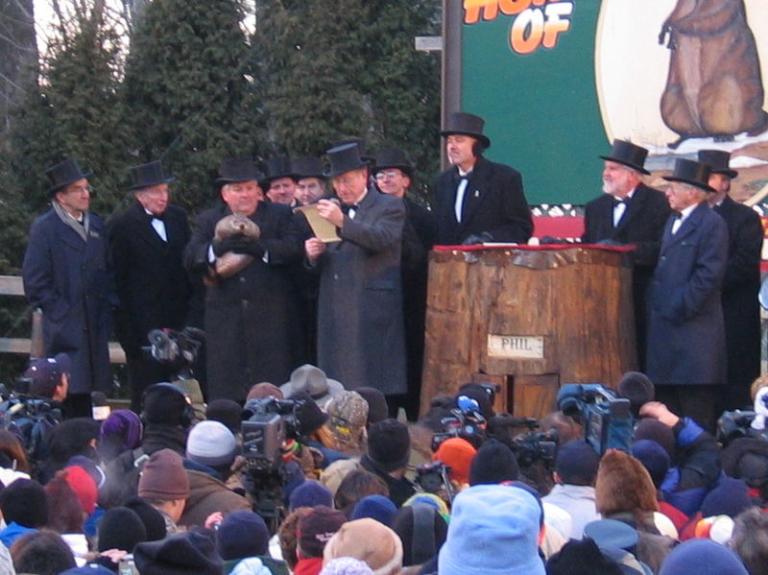
Important Reminder: Tomorrow, Friday, 2 February 2024, is Groundhog Day. Observe it with fitting solemnity, dress appropriately, and, if this applies to you, drink responsibly. Perhaps you should even watch The Sacred Movie.
Posted from Ko Olina, O’ahu, Hawai’i



